We hope you’ll never suffer an attack by metal thieves. However, with lead and copper prices high and unscrupulous scrap dealers still in business, the threat is never going to go away completely. But while you may not be able to eliminate it, you can still be prepared. Read this quick step-by-step guide and you’ll know what to do if metal thieves strike.
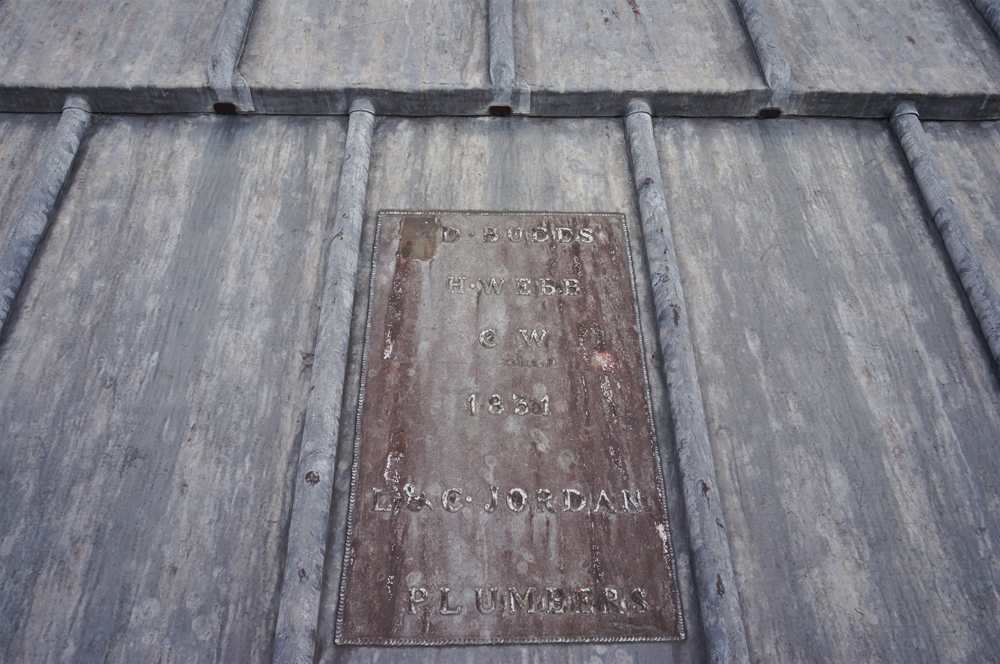
STEP 1: A metal theft is a crime, not just an inconvenience. As soon as it happens you must contact the police before anything else.
If you discover a theft in progress, call 999 straight away. If you’re seen by the thieves, that may be enough to scare them off, but don’t do anything that might put your personal safety at risk.
If you discover a theft that’s already happened, call 101 (the non-emergency number) to report the crime. You can also report it on-line. Make sure that you ask the police to class it as a heritage crime and to bring it to the attention of the Rural Task Force. Kent Police are aware of lead theft, understand the huge problems that it causes and don’t view it as a victimless crime. But they need intelligence about what’s happening and where. Also, there are longer sentencing tariffs for heritage crimes in the event of a conviction.
When you report the theft, please give the following information as that will help the police to deal with it more effectively:
- Location: where exactly did the theft happen? Give the postcode of your church.
- Nature of the crime: give brief details of what exactly was stolen (downpipes/flashing/ roof covering/lightning conductor) where was it stolen from, and the damage done to the building.
- Time: when did the theft happen? If you can’t be exact, give a timeframe (i.e. between ‘x’ and ‘y’ o’clock).
- Sightings: were there any witnesses to the crime? If so, what did they see and would they be prepared to give statements? Are there CCTV cameras and have you examined the footage?
- Forensics: the thieves might have left useful evidence, so check with the police that you’re not inadvertently tampering with a crime scene.
- Proof: was the lead treated with SmartWater or any other form of forensic marking system that could trace it to your church? This is really important if the police catch the thieves or scrap dealer red-handed.
Make sure you obtain and make a note of the reference number for the crime!
STEP 2: Report the incident to your insurer and register a claim. Ecclesiastical Insurance’s claim line is 0345 603 8381. Find out how much of the cost of replacing the roofing they will be prepared to cover.
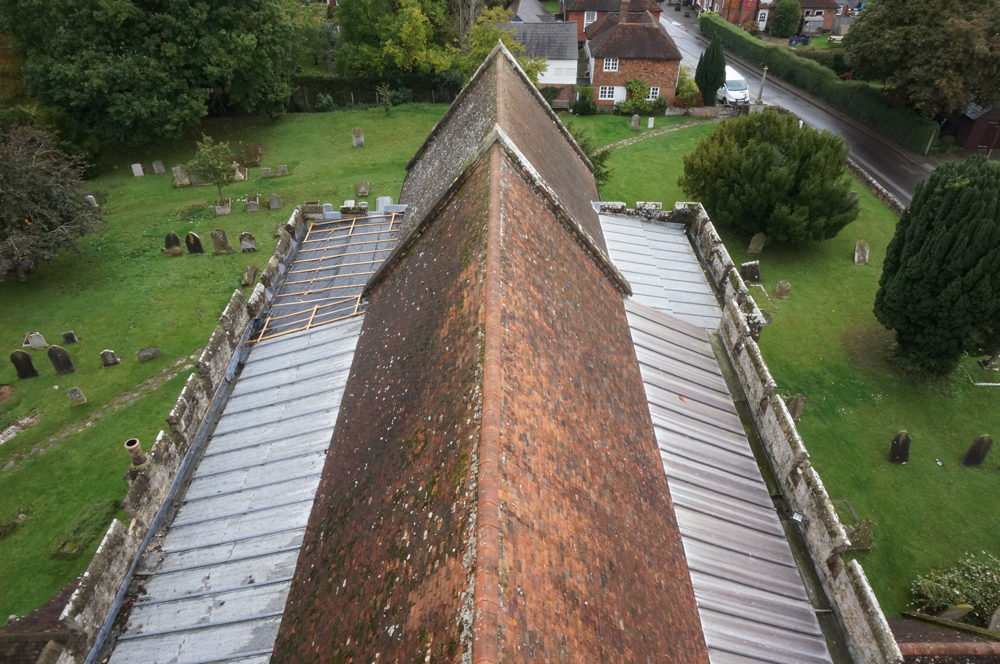
A temporary roof of plastic sheeting held in place with wooden battens, installed after part of the lead covering to the aisle roof was stolen from this church.
STEP 3: Secure the building with a temporary roof. Even if just a small amount of lead roofing is missing, your church will start to deteriorate quickly. A stich in time really does save nine - the sooner you take action, the easier and cheaper it will be to make good the damage. A tarpaulin weighted down with bricks will work as an emergency measure.
STEP 4: Anything more permanent will require an emergency faculty, so contact the Registry and DAC office to obtain one. The best way to do this is to contact Ann Beswick, the Registry Clerk (abeswick@wslaw.co.uk, 020 7 593 5148) and Edmund Harris, Care of Churches Officer (eharris@diocant.org, 01227 459401). Send photographs of the affected area, a brief description of what happened and information about what you wish to introduce as a temporary measure to protect the church. Leave intact any remaining lead and don’t make any changes that can’t later be undone.
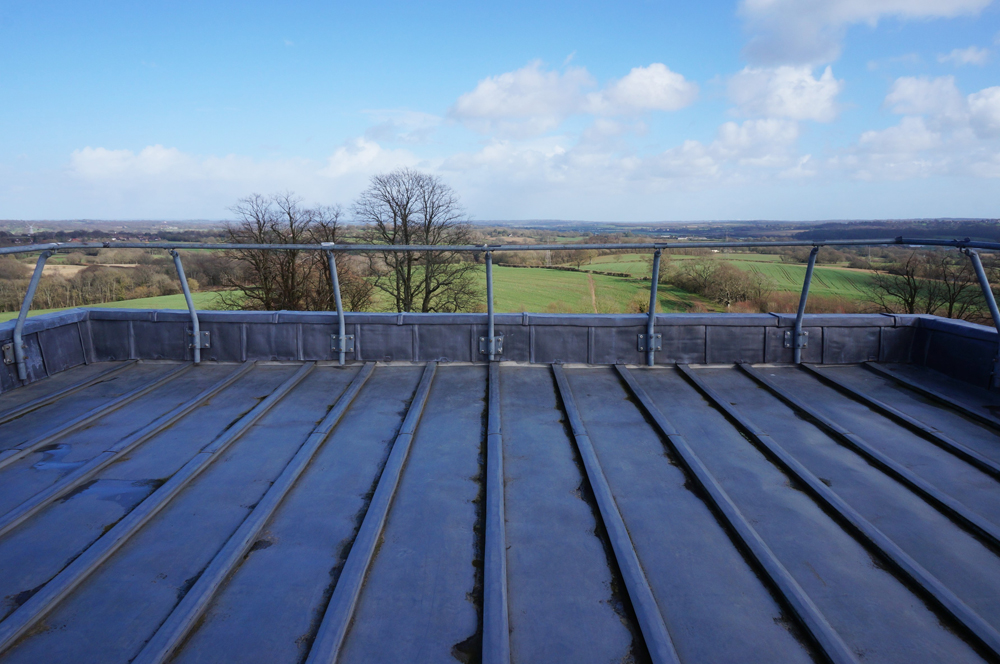
A roof covering of terne-coated stainless steel: this material has a similar finish to a lead but has to be laid in a slightly different way because it isn’t as malleable. However, since this location – the roof of a bell tower – can’t be seen from the ground, that doesn’t matter.
STEP 5: Sort out a permanent fix. Contact your inspecting architect for advice, discuss the matter with the PCC. There is a blanket faculty which allows repairs following lead theft to be authorised by the Archdeacon on the advice of the DAC, without the need to apply to the Registry. Here are some points to bear in mind when you’re deciding what to do:
- Lead is always preferred as the first choice for replacing lead. It’s the most appropriate material for an historic church and it also lasts like no other – the lifespan of a lead roof is measured in decades, even centuries.
- We recognise that putting back lead can seem like tempting fate and we will consider alternatives to prevent the risk of a repeat strike, especially if this isn’t the first time metal has been stolen. Under the terms of the blanket faculty, the acceptable alternatives are terne-coated stainless steel or patinated zinc. Both materials are durable, can be laid to look more or less like a lead roof and are not known to attract metal thieves. But approval isn’t automatic - much depends on how visible the roof is from the ground. Bear in mind that the local authority may require you to obtain planning permission for a change in material, so do check with their planning department if you decide to pursue this option. But before all else, check with your insurer’s claims department, as sometimes they will insist on like-for-like replacement.
- Proprietary non-metallic roofing products such as Ubiflex and Icopal are never acceptable for historic churches. They are visually inappropriate because of the change in appearance and they have an unknown lifespan, certainly much shorter than metal. They’re therefore a false economy.
- The blanket faculty only covers the replacement of stolen metal roofing. If the theft has caused damage to the fabric of the church (e.g. tiles have been dislodged by the removal of lead flashing) or other metal components have been stolen, a different form of permission may be required, so do check with Edmund Harris if this is the case.
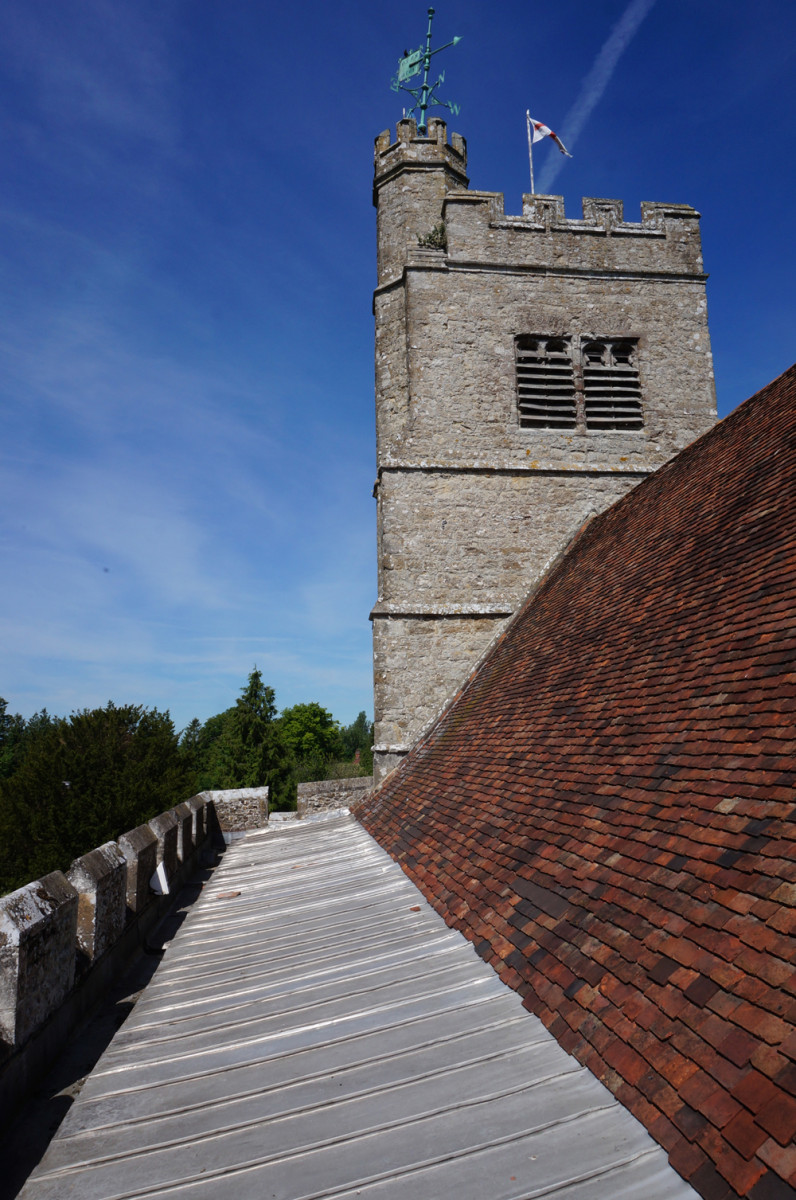
A roof covering of zinc: again, although it has a similar finish to lead, it has to be laid in a slightly different way because it isn’t as malleable, and it is also lighter in colour. But the change in appearance doesn’t matter in this instance either, since the aisle roof has a low pitch, is hidden behind a parapet and so can’t be seen from the ground.
STEP 6: Send in an application to Edmund Harris. You’ll need to provide:
- A specification from your architect
- A letter from your insurer consenting to the works
- A PCC resolution
He’ll forward it to the standing committee of the DAC for review. If they approve, permission will be confirmed in writing. Once you that, you can instruct the contractor to start work. The blanket faculty is processed by e-mail – there’s no need to submit an application through the on-line faculty system.
Your insurance policy provides cover for metal theft, and subsequent damage, as long as you have taken the following steps.
- Applied a forensic marking system approved by the Diocese (e.g. SmartWater) to external metal. More information about SmartWater is available from Ecclesiastical Insurance’s website;
- Registered the marking system with the provider;
- Clearly displayed signage of the marking system to deter thieves.
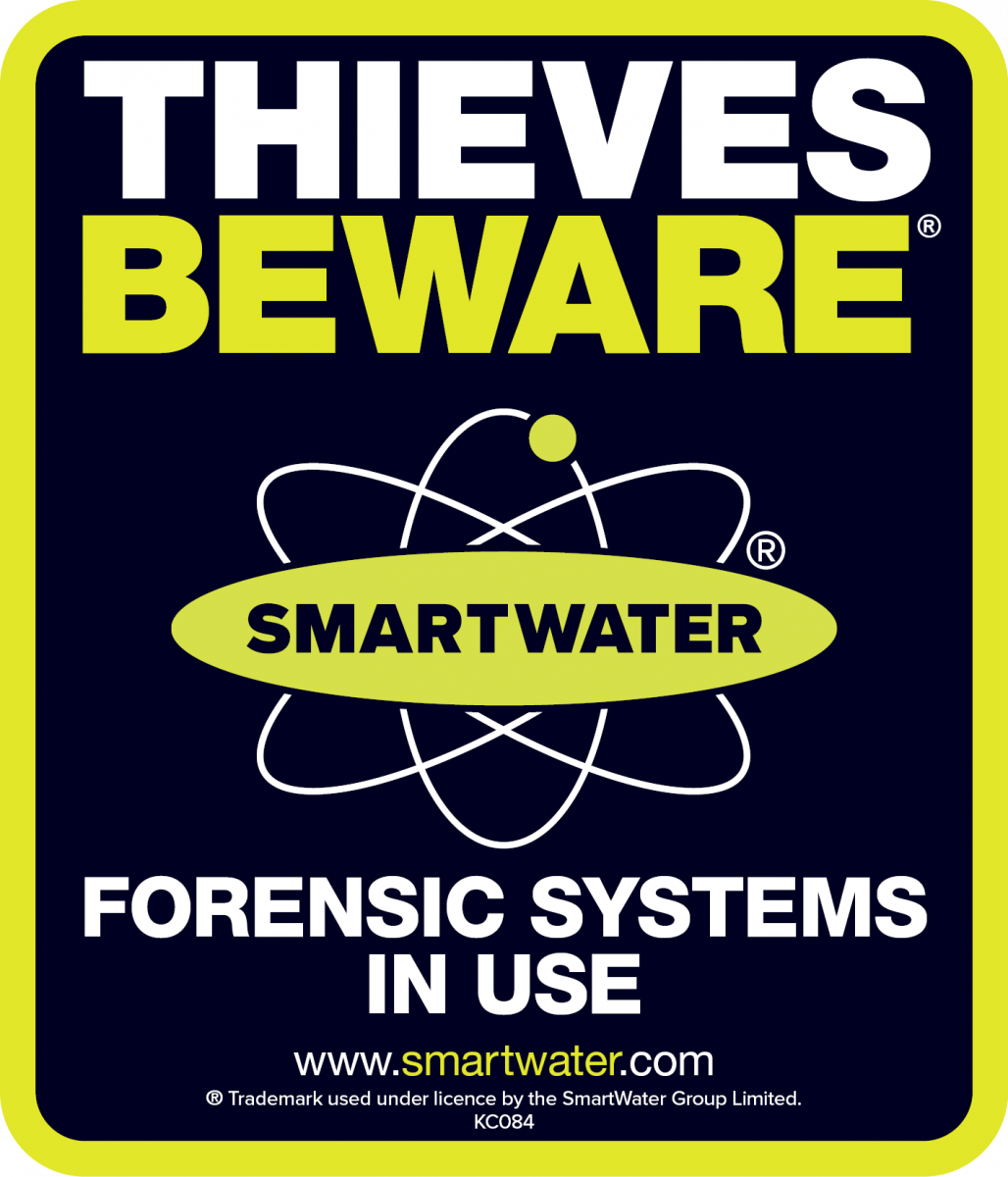
You can do a lot to reduce your vulnerability to lead theft. Here are some tips.
- Fit a roof alarm, which will be triggered by any unauthorised access. There’s guidance about roof alarms and other security measures on Ecclesiastical Insurance’s website. This may entitle you to increased insurance cover, too. The Friends of Kent Churches run a grant programme to help cover the cost. The installation of a roof alarm is a List A matter.
- Join a Neighbourhood Watch scheme and get your congregation and neighbours to keep an eye out for anything untoward. They can report suspicious behaviour to the police by calling 101. They can do this using a smartphone by downloading and installing the Country Eye app.
- Let your congregation and neighbours know whenever building work is taking place at your church. Encourage them to call the churchwardens or vicar if people dressed like contractors appear at the church when they are not expected – it’s not unknown for thieves to disguise themselves to look like legitimate construction workers.
- Keep your church open on a daily basis. If potential thieves can see that the building is frequented regularly, they’re less likely to take a chance. Locked doors don’t keep out thieves – they don’t need the door to be open in order to reach the roof! Also, regular visitors can report anything amiss. Check whether you are inadvertently putting yourself at risk by taking a look at Ecclesiastical Insurance’s security checklist, which you can download here.